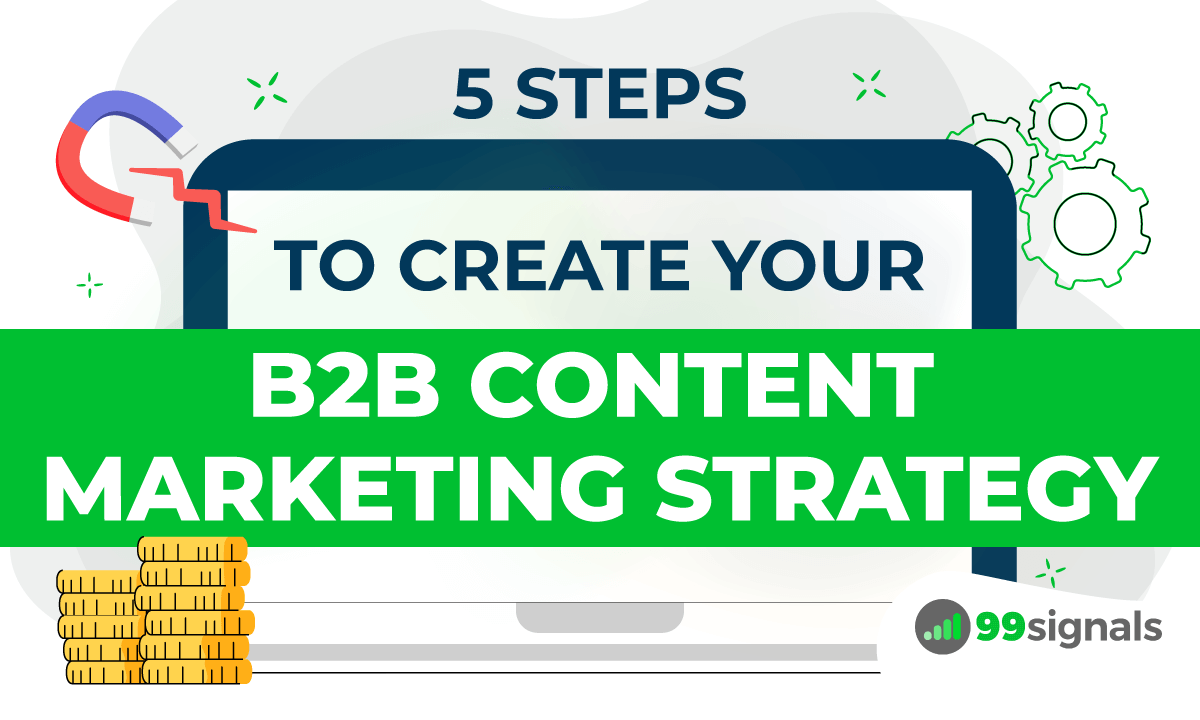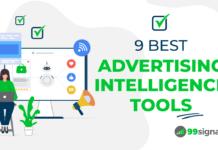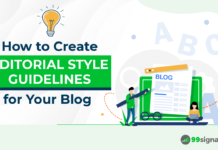
Are you a B2B business seeking to enhance your brand visibility and establish a wider network of contacts for business growth?
B2B content marketing is what you need in order to build trust and awareness in your audience, as it enables you to communicate with them in a compelling manner and generate positive results.
What kind of results are we talking about?
With B2B content marketing, you can bolster your authority in your niche, establish expertise around your brand and its offerings, and effectively communicate to potential customers that you possess the knowledge and proficiency to excel in your field.
Read on to find out how to create a compelling content marketing strategy that not only boosts your authority and expertise in your niche but also captivates your target audience, drives meaningful engagement, and delivers tangible business results.
Table of Contents
How to Create a B2B Content Marketing Strategy
Content marketing involves maintaining consistency in content creation and distribution across various platforms, including websites, blogs, and social media channels, to maximize reach and engagement with your target audience.
While content marketing may require several months to yield results, especially when starting from scratch, it stands apart from other strategies such as advertising. Once you set this strategy in motion, you'll no longer need to continuously invest substantial amounts of money into it, making it a cost-effective and sustainable approach in the long run.
So, how do you configure the right B2B content marketing strategy to get the best results?
There are 5 steps to follow, and you can find them all inside this checklist:
- Discover who you're talking to; explore your audience and know what they're looking for. This will help you to write about the right topics for the right audience.
- Choose the right topics to write about; define them correctly to never run out of content ideas and to have everything planned out.
- Define where to publish your content; distributing your content in many places will help you get the most out of your strategy thanks to a wider reach.
- Write your content; writing is a time consuming process, and having all the previous three steps completed will help you to maximize your productivity.
- Keep track of your content; this will help you identify which content needs to be improved and which is the best performing one, letting you reuse it in other formats.
Step 1: Discover Who You're Talking To
Who are you targeting with your content?
What goals are they trying to achieve?
If you don't have a good understanding of who your audience is, it can be difficult to discover what topics to cover in your strategy.
Without an audience in mind, you can't create effective and helpful content, and you won't have a clear content plan.
Fortunately, there is an easy way to quickly understand your audience and what content they're looking for and reading: analyzing your competitors.
If you are targeting a similar audience as your competitors, it's crucial to understand how they communicate with and understand their audience. By analyzing their actions and strategies, you can gain insights into your own target audience and define your own approach accordingly.
How to analyze your competitors?
Tool you'll need:
At this stage you're looking to know what is working for your competitors, what and how much they are publishing, and identifying their top-performing content pieces.
This knowledge will allow you to understand what your audience is seeking and how they interact with the content produced by your competitors.
This will help you to go ahead to the next step.
Step 2: Choose What to Write About
Once you have a clear understanding of your target audience and their interests, the next step is to carefully select the topics to include in your B2B content marketing strategy.
Without choosing the right topics, you'll not be able to engage with your audience.
Processes like analyzing the trending topics and analyzing competitors activity will help you to get content ideas for your strategy.
Tool you'll need:
- Suite of content ideation tools (keywords analysis, trends analysis, competitor analysis etc.)
You can get results from:
- Low competition level keywords.
- Repurposing in a better way your competitors' best performing content.
- Knowing which are the top 10 topics ranked on Google.
- Discovering the current trending topics in your industry.
By combining all of the above points, you'll be able to generate a lot of content ideas for your strategy plan, and you'll be sure to have enough consistency for several months to come.
Step 3: Define Where to Publish Your Content
You've a ton of content ideas and you perfectly know what to write about.
But where will your audience read your content?
Publishing your content in many places, such as websites and social channels, is a common strategy used to get a wider reach.
At this step you already know where your audience is looking for content. Is it on Google? Or on LinkedIn? Or maybe both?
In recent years, people's content consumption habits have evolved significantly. With the widespread use of smartphones and constant connectivity to social media platforms, people no longer rely solely on Google for content discovery.
Having an omnichannel B2B content marketing strategy is essential these days, and the problem is that you can't spend time by posting your content manually on each single channel or platform.
You need to automate the content distribution process through omnichannel publishing.
Tool you'll need:
In this way you'll have more time to focus on producing better and more content, without spending it on activities that can be automated.
Step 4: Write Your Content
Without creating and publishing engaging content, your strategy would not reach its full potential in delivering the desired results.
Now is the time to produce high-quality content, which is crucial for the success of your B2B content strategy. By following all the previous steps, you have set yourself up for success, making this goal within your reach and highly achievable.
At this stage you may need to write multiple pieces of content and plan them for future publication in order to be consistent during the time, for several months to come.
Creating and planning content requires multiple teams to be involved, and having the possibility to organize all the workflow is essential to speed it up.
All of the following will help your team to stay consistent and productive:
- Create content brief.
- Share content briefs with teammates.
- Stay on the same page with a content calendar.
- Track all the to dos related to all team tasks.
Tool you'll need:
More high quality content you produce and publish, the more results you'll achieve in the long run.
Step 5: Analyze and Track Your Content
Gaining insights into the performance of your content, differentiating the successful pieces from the underperforming ones, is essential to improve your B2B content strategy over time.
Top-performing content can be repurposed in other forms, or other pieces of content can be written as sub topics of it. This reveals an easy way to write new content faster, without the need to spend much time in identifying new ideas and topics to cover.
The content that's not performing well can be also useful, because if detected it can be improved and leveraged in a better way.
To get the most out of your existing content, remember to track:
- The content that's driving more engagement; to know which content to repurpose in different ways.
- The content that's driving more events completion (e.g. newsletter signups); to know which content is getting conversions.
- The best traffic source (e.g. organic or social); to know where to distribute your content most.
Tool you'll need:
Bonus: Put Everything Together
The key to achieving results from your content strategy lies in automating all the pre-content creation tasks as well as the content writing process itself.
Codelia unifies and automates your content workflow by including all the content creation tools in one place, from content ideation, to content writing and omnichannel distribution.
Related Articles









